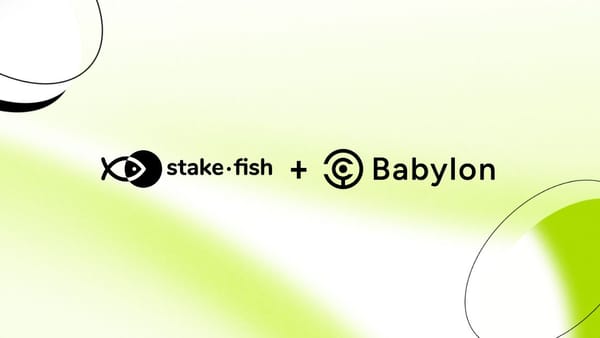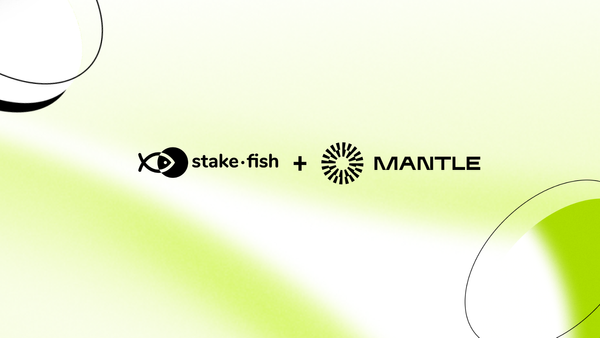What is The Metaverse?
Even if you’ve just started to venture into the crypto space, you’ve probably already heard the term The Metaverse. It has become…
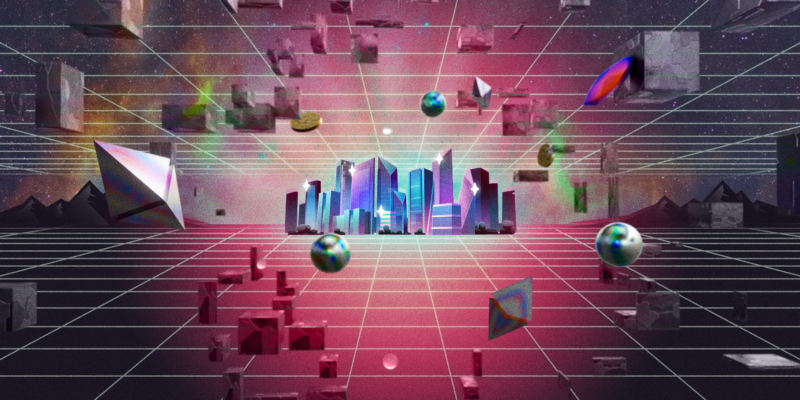
Even if you’ve just started to venture into the crypto space, you’ve probably already heard the term The Metaverse. It has become increasingly popular as of late, attracting big name brands like Adidas, Coca Cola and Samsung. Facebook even recently changed its parent company name to Meta, implying that it is the future of how we interact online. But, what exactly is it?
What is the Metaverse?
Neal Stephenson introduced the metaverse in his novel Snow Crash, describing it as “a virtual reality (VR) space that could be accessed with 3D goggles”. Most people are pretty familiar with this concept, but for now, it’s more of a sci-fi reference. In actuality, the metaverse is a digital environment where people interact online, similar to open world video games, like Fortnite or Roblox.
Home computers or video game consoles, combined with the power of the internet, give life to these worlds, allowing almost anyone to access them. Much like social media platforms, users in these virtual landscapes interact with other real people online, but in this case, it’s typically through a personified digital character, known as an avatar.
The metaverse has actually existed for a while, but its real potential has only recently been explored. In 2018, the famous DJ, Marshmello, made history by performing virtually inside Fortnite; the first in-game concert ever to take place. The event was clearly a success, as millions of players logged in to the game to take part in the experience. It’s no surprise that large brands are starting to tap into this space.
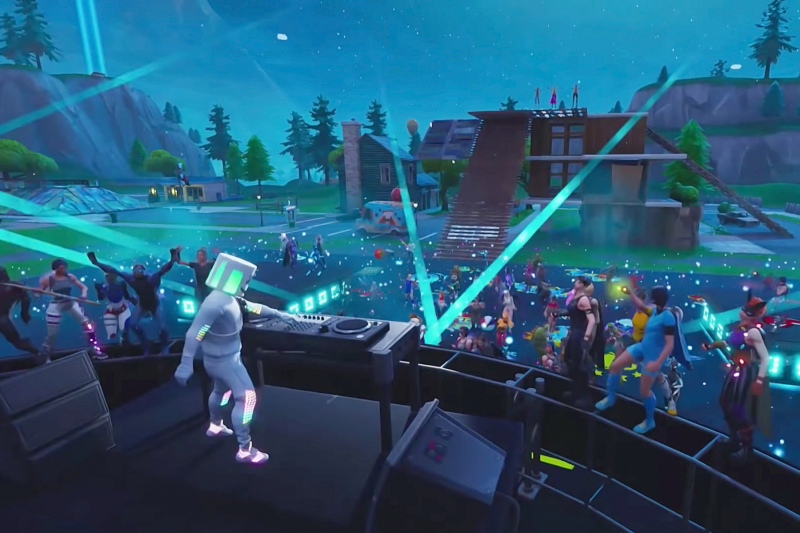
Metaverse and Crypto
So, what does the metaverse have to do with cryptocurrencies, or crypto? Thanks to blockchain technology, you can own and effectively prove ownership of digital assets. This is actually a key component of a concept in crypto called Web3.
Web3 basically refers to a new era of the internet. To understand it, let’s review how it compares to the previous eras. Web1 goes back to the early days of the internet, when people mostly used search engines to find and read information online. Web2 started with social media, allowing users to create profiles and easily publish content online. Now with Web3, users can both create their online profile and also own it, mainly in the form of NFTs.
How do NFTs fit into the Metaverse?
NFTs, or Non-Fungible Tokens, are blockchain-based digital assets that can’t be replicated and hold unique value. In contrast, a Bitcoin is fungible, since it’s exactly the same as another Bitcoin. Most people associate NFTs to digital art or collectibles, like the notorious apes from Bored Ape Yacht Club. Another interesting application for NFTs is video game in-game items.
Let’s say you have an avatar in Fortnite that has a powerful weapon. In the traditional sense, you can have access to the weapon within the game, but you don’t actually own it. What if you could? You now can thanks to Web3 and NFTs.
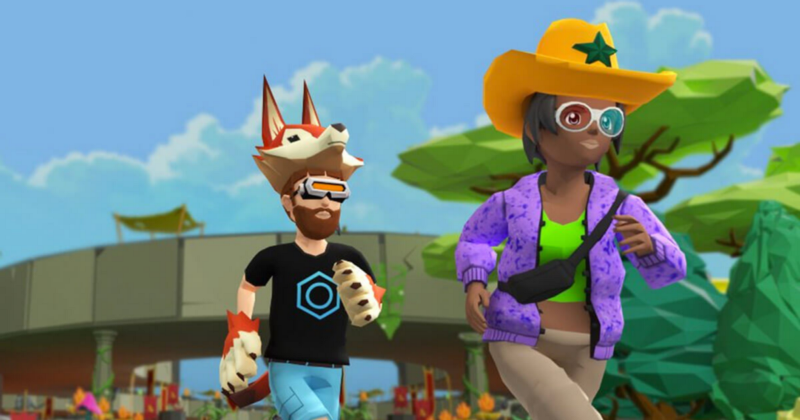
In-game items can take a variety of forms. It’s not just accessories for an avatar, like wearables and skins, but also aspects within the open world environment, like a digital house or even land.
Land in the Metaverse
Owning a piece of land in the metaverse is just what it sounds like; it’s basically property. Most metaverse style games in crypto have a limited amount of digital plots of land that can be acquired by anyone with enough of the game’s native tokens. Like with any other property, users can buy digital land as an investment, wait for it to appreciate, and sell it in the secondary market. They can also put their virtual parcel to work.
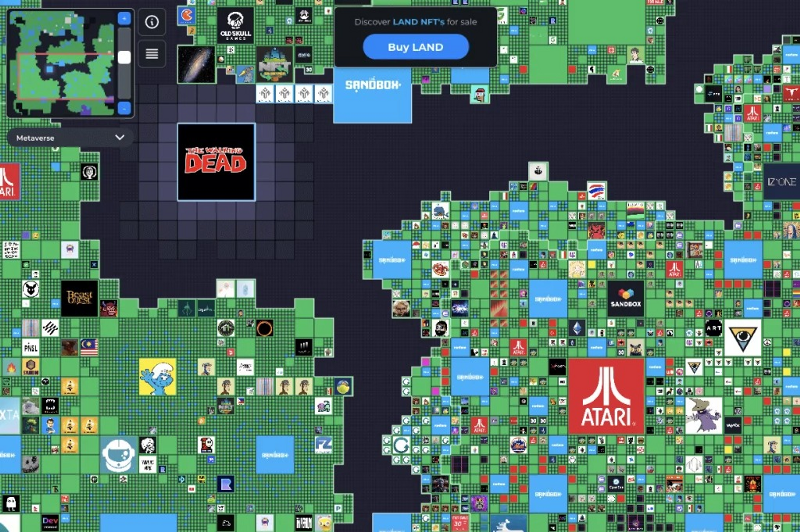
Land in the metaverse has a variety of uses. There are many enthusiasts that like building virtual environments as a hobby, but an interesting trend is companies owning land to promote their brand. This is becoming so popular that large brands, like McDonald’s, are filing trademarks for their own virtual space. This is still in its infancy, but expect more branded metaverses in the near future.
Another potential use is building digital experiences that landowners can profit from. For example, it could be used to build a popular game that users in the metaverse have to pay to play. However, most digital experiences in metaverses are free to access, so charging fees to users may not gain much traction going forward. There is a different type of wealth generation in metaverses that actually is gaining traction, it’s called play-to-earn.
Play-to-Earn
Most gamers remember their parents lecturing them about how video games are a waste of time. There is now a solid argument against that. Play-to-earn is a feature in online games, typically blockchain-based, that reward players for playing. These rewards can be in the form of in-game item NFTs or the game’s native crypto token; both hold real value. Various metaverses also have this feature.
For instance, Axie Infinity is a popular play-to-earn metaverse on the Ethereum blockchain. Players can gather, grow, breed and battle playable NFT avatars, called Axies, to earn Axie Infinity Shards (AXS), one of the game’s native tokens. They can also earn Smooth Love Potion (SLP) tokens, but only to breed their Axies in an attempt to make them stronger for battle.

Other Metaverse Examples
Decentraland is a metaverse built on the Ethereum blockchain. It provides a 3-D virtual ecosystem where users can buy or sell digital property, play games, exchange collectibles, socialize, interact and explore. Like in most metaverses, users can navigate through the open world with their own digital avatar.
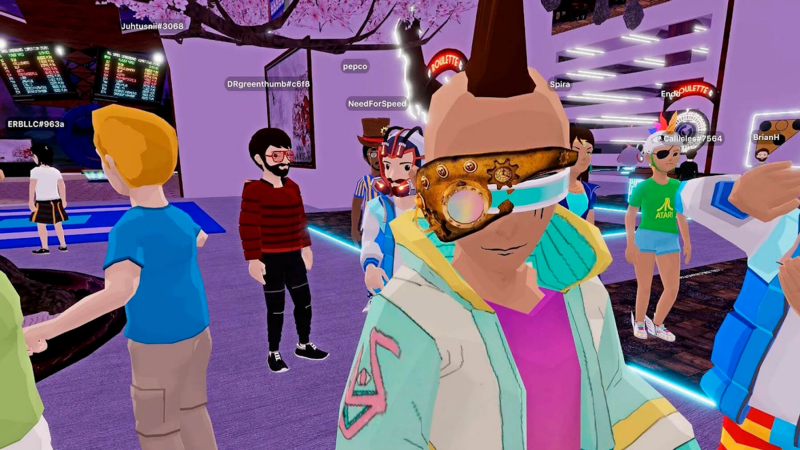
The Sandbox is also a 3-D open world virtual environment built on Ethereum. A key difference with Decentraland is that The Sandbox focuses more on user-generated content (UGC). It uses three distinct components to fuel its ecosystem:
- Voxel Editor: a software package that allows users to create and animate digital assets to be used as in-game items.
- Marketplace: a web-based platform where users can publish and sell their assets made in the Voxel Editor as NFTs. Unlike in Decentraland, which also has its own marketplace, users in The Sandbox can also sell their assets in secondary markets, like OpenSea.
- Game Maker: A downloadable application that allows users to design their own virtual space within The Sandbox that anyone can visit. Users can decorate their land and enable gameplay mechanics by assigning desired behaviors to the assets they own.
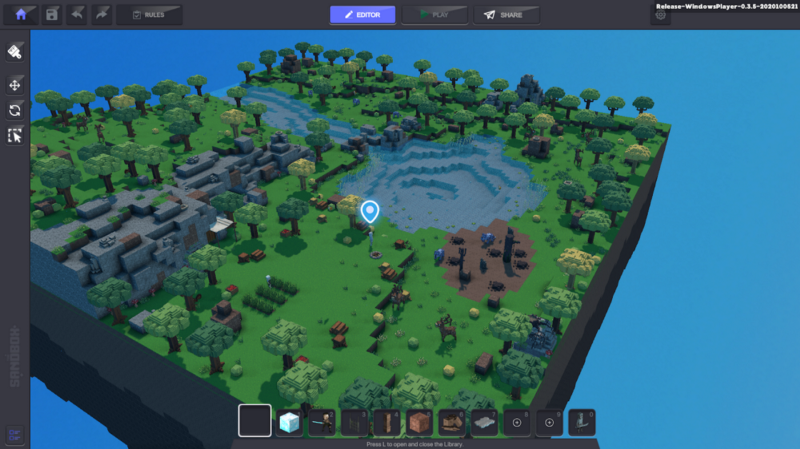
We at stakefish are excited to be able to engage with our community through this immersive new medium. We have our own virtual presence within The Sandbox; a series of experiences that features fun gameplay and interesting educational content. We encourage anyone to come visit us to learn more about us, play our games or simply hang out.
Read our article The stakefish world in The Sandbox to learn more.
See our video on our recent experience in The Sandbox: Volcanic Valley
The metaverse is certainly growing in popularity and it’s just getting started. Thanks to the capabilities that blockchain technology and Web3 has to offer, the way we’ve been interacting online for decades may be a thing of the past. So, get your avatars ready and we’ll see you online.
From your friendly neighborhood validator, stakefish.
This article is for informational purposes only and should not be taken as financial advice or as a recommendation to make a specific investment.
About stakefish
stakefish is the leading validator for Proof of Stake blockchains. With support for 20+ networks, our mission is to secure and contribute to this exciting new ecosystem while enabling our users to stake with confidence. Because our nodes and our team are globally distributed, we are able to maintain 24-hour coverage.
Website: https://stake.fish
Telegram: https://t.me/stakefish
Twitter: https://twitter.com/stakefish
Instagram: https://www.instagram.com/stakedotfish
YouTube: https://www.youtube.com/c/stakefish


